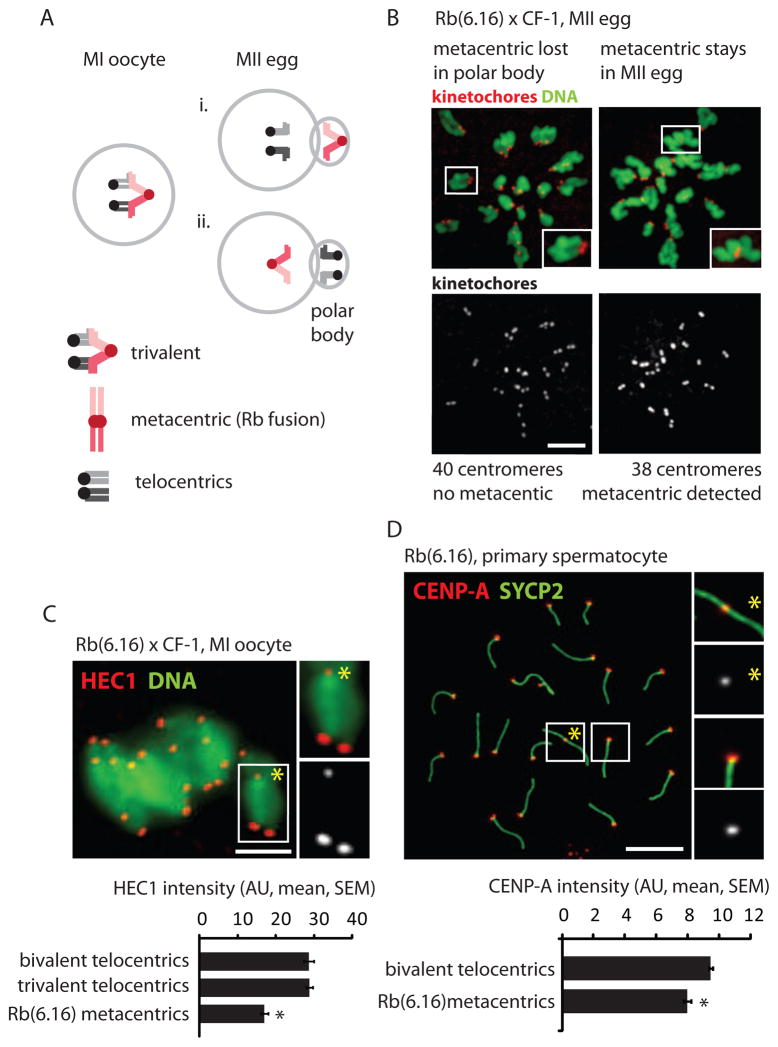Figure 1. Metacentrics that preferentially segregate to the polar body have weak centromeres relative to telocentrics.
(A) Two possible outcomes of balanced trivalent segregation when a metacentric pairs with its homologous telocentric chromosomes in MI: the metacentric segregates to the polar body and the telocentrics stay in the egg (i), or vice versa (ii). (B) DNA and centromere (CREST) staining in Rb(6.16) x CF-1 MII eggs treated with kinesin-5 inhibitor to disperse the chromosomes; insets: telocentric (left) or metacentric (right) chromosomes. The metacentric preferentially segregates to the polar body (60%, n=168, P=0.009). (C) HEC1 staining in Rb(6.16) x CF-1 MI oocytes (n=91) was quantified for the metacentric (inset, yellow asterisk) and homologous telocentrics in the trivalent, and for other telocentrics. (D) CENP-A staining, shown with synaptonemal complex protein SYCP2, was quantified for the metacentric (inset 1) and telocentrics (inset 2) in Rb(6.16) spermatocytes (n=305). Black asterisks: P<0.05; scale bars: 5 μm; AU: arbitrary units.

